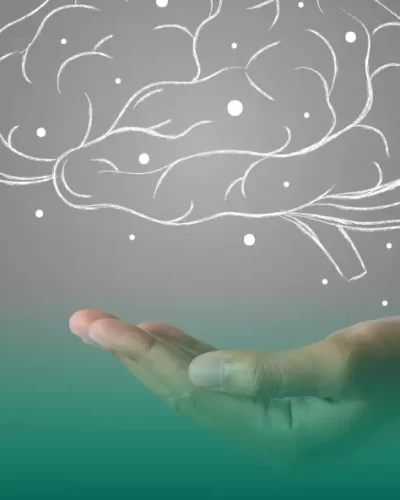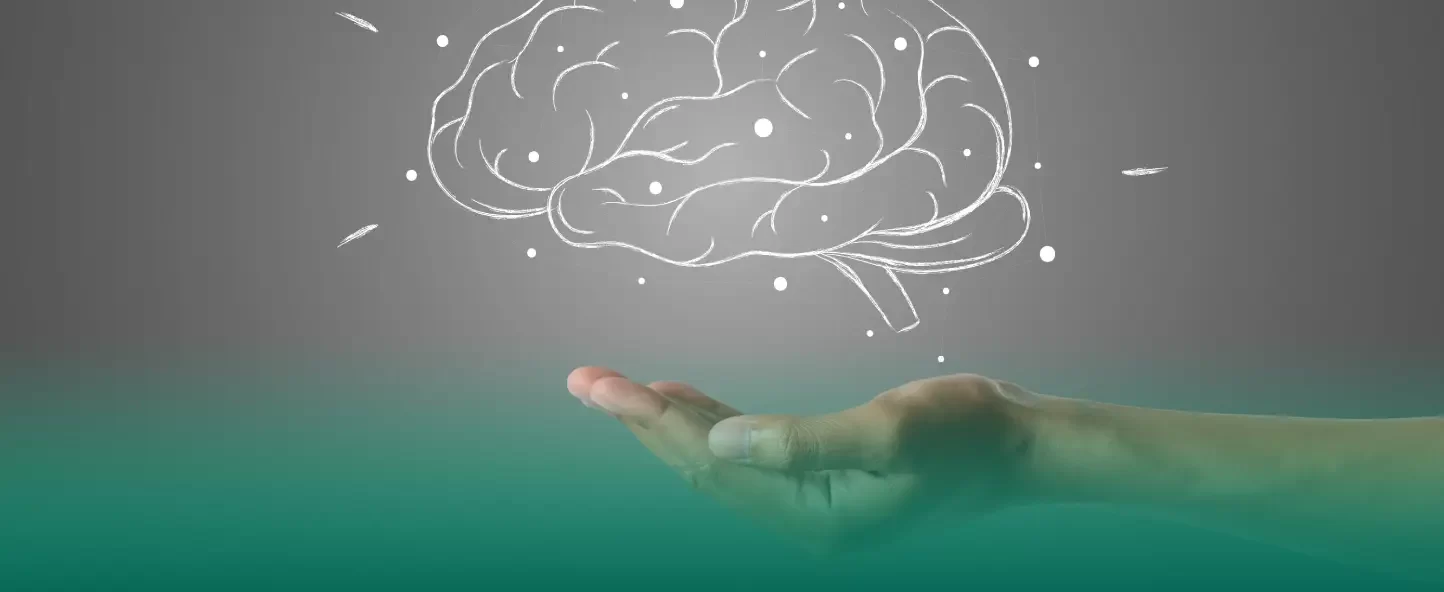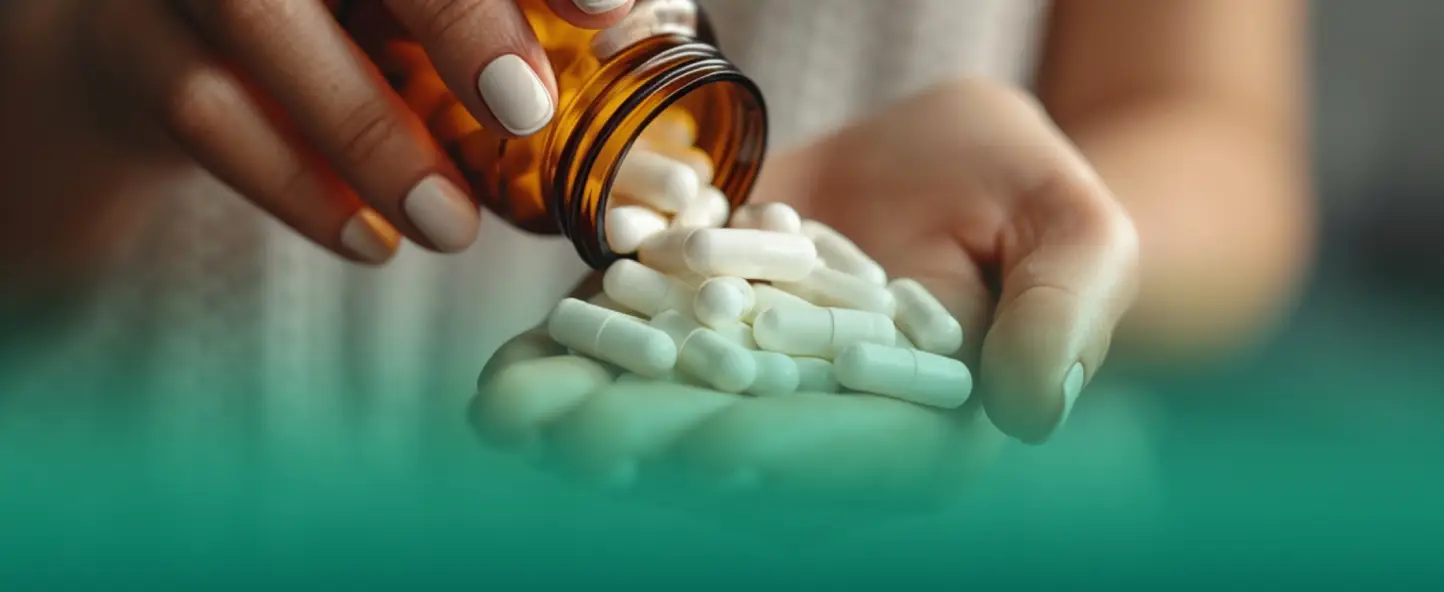Myth: People only use 10% of their brains
This myth probably arose due to misinterpretation of research conducted in the middle of the last century. Scientists continue to study the human brain, using modern techniques such as MRI machines to visualize its structure and activity.
MRI observations have made it possible to study active and inactive areas of the brain, and to date, no inactive areas have been found in the human brain. Rapid developments in neuroscience have helped expand our knowledge of the brain and its functioning, which continues to attract the interest of researchers around the world.
Moreover, even in a state of sleep, the brain continues to be active, activating more areas than during wakefulness.
Numerous facts about the brain refute the idea that we use only 10% of its potential.
Thus, our brain functions at full capacity, and the statement about its limited use is not true!
Myth: The left hemisphere of the brain is responsible for rationality, and the right hemisphere for creativity.
It should not be assumed that each hemisphere is solely responsible for certain processes, since the entire brain is actively involved in various mental activities.
With age, both hemispheres perform a variety of functions. In adults and newborns, when words are perceived, the left hemisphere is activated, and when intonations are perceived, the right hemisphere is activated. However, in children aged 10 to 18 months, both hemispheres are active in speech perception, with the right hemisphere being more active, and damage to the right hemisphere results in delays in speech comprehension. On the other hand, in children aged 19 to 31 months, damage to the left hemisphere leads to problems with vocabulary and grammar, but language comprehension remains unaffected.
Compared to the idea that people with a more developed left hemisphere tend to think rationally, and those with a dominant right hemisphere tend to be creative, this statement is too simplistic. A study of gifted students found that they included both right-handed and left-handed students, as well as ambidextrous students, those who have equal dexterity in both hands.
Myth: Thinking too much is bad for you
Active mental participation has a beneficial effect on health. Regularly solving puzzles and crossword puzzles reduces the likelihood of Alzheimer’s disease and dementia.
However, brain activity has the opposite effect: the less it is, the better. Although active neurons in the brain are not always associated with intellectual activity (for example, patients with Alzheimer’s have higher levels of firing of neurons in the brain than healthy people), decreased brain activity is associated with longevity.
Research has shown that when neurons are in a quiescent state, they are more effective at repairing damage by activating the cell survival system. Currently, scientists are actively developing drugs aimed at reducing the activity of neurons in the brain. Perhaps this approach will help create the first effective drug for Alzheimer’s disease.






